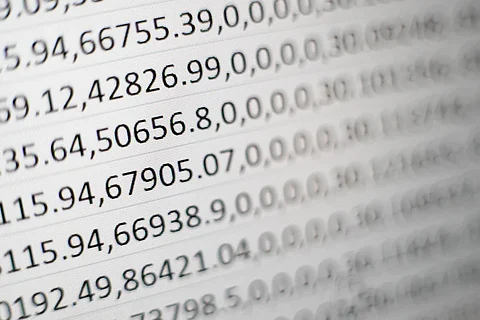

Random number generators (RNGs) are used to create sequences of numbers with no correlation or pattern. They have several practical applications, the most obvious of these being in computing and the development of statistical information. They are also used widely in cryptography, the coding and practical storing of secure information.
This has become extremely important in the internet age, where information needs to be sent and received securely. Below, we discuss the history of the random number generator.
Another industry that owes a lot to random number generation is the iGaming industry, where slots, casino games, and bingo have to ensure that number generation is truly random. This is so that games abide by fair play.
For example, bingo is a game that requires random generation from a set of numbers, which then get marked off a player's card. Even if you play free bingo online without cash prizes involved, these casinos still implement the most efficient RNGs to ensure a smooth gameplay process. As a consumer, you get peace of mind knowing that when you do play for cash, you are playing a fair game.
Man has always sought to generate numbers randomly. The first of these and the simplest is the humble die. Early versions have been found in a middle eastern crypt dating back to the 24th century BC. As humans have required more complex systems the generation of random numbers has had to evolve with them.
In the dawn of computing, the RAND corporation was the first to develop a modern machine-based generator. The team at the organization needed a set of numbers for experimental probability procedures. Using a pulse machine, they created them using punched cards which were later published in a book. This seems like a strange publication today, as it was simply a book filled with random number tables. Yet it has been a very important tool in the study of statistics and probability.
By 1951 the first had been added to a computer. Known as the Ferranti Mark 1, it had been designed by Alan Turing, who had himself been developing random number generators in his work for the allied forces during WWII to crack codes. The only problem with this was that it was too random. Programs needed some form of consistency, or they could not function, leading to the next development.
The first pseudorandom generator was developed by John von Neumann in 1946. For this, you could call upon a random set of numbers, though if the initial seed value were the same, it would produce an identical sequence. However, this needed some progress.
A Central Randomizer was the next step forward, used with the advent of JavaScript, followed by a slew of innovative random number generators. The need for these was pushed on by the desire for encrypted solutions on the internet, particularly for HTTPS protocol. This means as technology evolves, even more, random number generators could be ready to appear.
